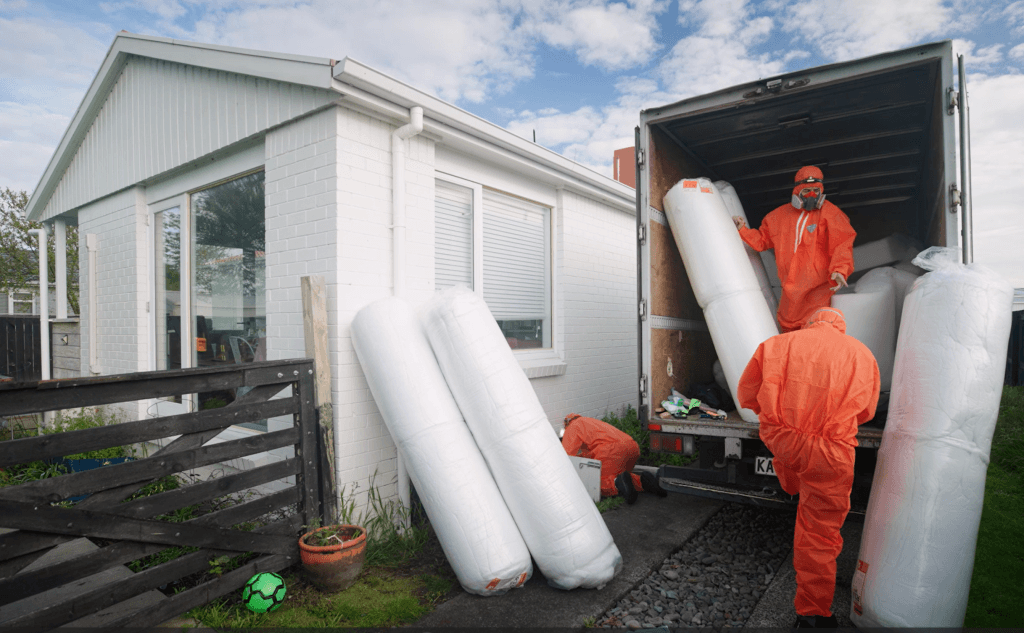Correctly insulating your home is critical to achieving a warm, energy-efficient, and healthy living space. Whether you’re building a new home or retrofitting an existing one, being aware of the main factors/considerations can assist in maximising thermal performance and meeting local regulations.
Prioritise a Whole-Home Approach

Effective insulation involves addressing all areas where heat can escape or enter:
- Ceilings: Given that heat rises, insulating the ceiling is crucial to prevent heat loss.
- Walls: Proper wall insulation helps maintain consistent indoor temperatures.
- Floors: Insulating floors can prevent cold drafts and heat loss, especially in homes with suspended floors.
By taking a comprehensive approach, you can ensure that your home remains comfortable year-round.
Choosing Insulation Materials
Selecting appropriate insulation materials depends on factors like budget, environmental considerations, and specific performance needs:
- Polyester Insulation: Made from recycled materials, it’s non-irritant and durable, making it suitable for allergy-sensitive households.
- Glasswool Insulation: Cost-effective and fire-resistant, it’s widely used for its thermal and acoustic properties.
Both options have their merits, and the choice often depends on individual project requirements.
Ensure Proper Installation
The effectiveness of insulation heavily relies on correct installation:
- Avoid Gaps and Compression: Ensure insulation fits snugly without gaps or being overly compressed, which can reduce its effectiveness.
- Address Thermal Bridging: Use techniques like insulating over roof trusses to minimise heat loss through structural elements.
- Professional Installation: Engaging experienced installers can ensure that insulation is correctly fitted, maximising its performance.
Retrofitting Existing Homes

For older homes, retrofitting insulation can significantly improve comfort and energy efficiency:
- Ceiling and Underfloor Insulation: Often straightforward to install and can yield immediate benefits.
- Wall Insulation: May require more extensive work, including obtaining building consent, but offers substantial improvements in thermal performance.
Assessing the current insulation and identifying areas for improvement is a crucial first step in the retrofitting process.
Align with Sustainability Goals

Opting for environmentally friendly insulation materials can contribute to broader sustainability objectives:
- Recycled Content: Materials like polyester insulation often contain a significant percentage of recycled content.
- Certifications: Look for products certified by organisations like Eco Choice Aotearoa, indicating adherence to environmental standards.
Choosing sustainable insulation options supports healthier living environments and reduces environmental impact.
Seek Professional Guidance
Navigating insulation choices and ensuring compliance with regulations can be complex.
At Premier Insulation, we offer expert guidance and a range of high-quality insulation products to help you achieve optimal comfort and energy efficiency in your home.
Contact us today to discuss your insulation requirements and discover how we can assist in creating a warmer, healthier living space.